Top 10 Ways The Space Station Is Helping Get Us To Mars
Top 10 Ways the Space Station is Helping Get Us to Mars
Believe it or not, the International Space Station is paving our way to Mars. Being the only microgravity laboratory in which long-duration investigations can take place, it provides deeper understanding of how the human body reacts to long-term spaceflight. Here are the top 10 ways the space station is helping us on our journey to the Red Planet:
10: Communication Delays

Have you ever sent a text and got frustrated when it took longer than 3 seconds to send? Imaging communicating from Mars where round-trip delays could take up to 31 minutes! Our Comm Delay Assessment studies the effects of delayed communications for interplanetary crews that have to handle medical and other emergencies in deep space.
9. Astronaut Functional Performance

After a long nights sleep, do you ever feel a bit clumsy when you first get out of bed? Imagine how crew members might feel after spending six months to a year in microgravity! Our Field Test investigation is working to understand the extend of physical changes in astronauts who live in space for long periods of time, with an aim toward improving recovery time and developing injury prevention methods for future missions.
8. Psychological Impacts of Isolation and Confinement

In order to study the behavioral issues associated with isolation and confinement, researchers evaluate the personal journals of space station crew members. These study results provide information to help prepare us for longer duration spaceflight.
7. Impacts on Vision

Did you know that long duration spaceflight can often cause changes to crew members’ vision? It can, and our Ocular Health study monitors microgravity-induced visual impairment, as well as changes believed to arise from elevated intracranial pressure. All of this work hopes to characterize how living in microgravity can affect the visual, vascular and central nervous systems.
6. Immune Responses

An important aspect of our journey to Mars is the need to understand how long-duration spaceflight affects they way crew members’ bodies defend agains pathogens. Our Integrated Immune investigation collects and analyzes blood, urine and saliva samples from crew members before, during and after spaceflight to monitor changes in the immune system.
5. Food for Long-Duration Crews

Just like a hiker preparing for a long trek, packing the foods that will give you the most energy for the longest amount of time is key to your success. This is also true for astronauts on long-duration missions. Our Energy investigation measures a crew members’ energy requirements, which is a crucial factor needed for sending the correct amount of the right types of food to space.
4. Exercise for Long-Term Missions

Rigorous exercise is already a regular part of astronauts’ routines, and continuing that focus will be critical to keeping crew members’ bodies strong and ready for a mission to Mars and a healthy return to Earth. Our Sprint investigation is studying the best combination of intensity and duration for exercise in space.
3. Determine Best Habitat/Environment for Crews

Have you ever complained about your room being too small? Imagine living in cramped quarters with an entire crew for months on a Mars mission! Our Habitability investigation collects observations that will help spacecraft designers understand how much habitable volume is required, and whether a mission’s duration impacts how much space crew members need.
2. Growing Food in Space

There’s nothing like fresh food. Not only does it provide valuable nutrition for astronauts, but can also offer psychological benefits from tending and harvesting the crops. Our Veggie investigation studies how to best utilize a facility aboard the space station for growing fresh produce in microgravity.
1. Manufacturing Items in Space

When crews head to Mars, there may be items that are unanticipated or that break during the mission. Our 3-D Printing in Zero-G Technology Demonstration would give crews the ability to manufacture new objects on demand while in space.
Make sure to follow us on Tumblr for your regular dose of space:http://nasa.tumblr.com
More Posts from Inter-stellxr-blog and Others
REBLOG IF A VIDEO GAME ENDING HAS EVER MADE YOU CRY



(photos by Robdogbird)
@rasinblazin

this changes everything oh my god
do you understand why it trips me out that people can drive 45 minutes and be in aNOTHER COUNTRY? I drive for 45 minutes and im like
a city over
I live in “Italy” and took a day trip to go to “Austria” and “Germany”
#it is literally impossible to leave texas #you will be in texas #FOREVER
Chums, that’s sweet, and all, but Australia just ate Texas for breakfast.

If you drive for 45 minutes in Australia you aren’t a city over, you’re just 45 minutes away from the city.
If you drive for 45 minutes in Australia you may not even leave the cattle station.

If you drive for 45 minutes in Canada you may not even leave your driveway.
If I drive 45 minutes in the us I’m just at another mcdonalds
If I drive for 45 minutes in Northern Ireland I’m 10 minutes into the sea.
I can’t drive.
I will use this post to explain tumblr
Hiro:... Hey tadashi.
Tadashi: yeah?
Hiro: is that a mirror in your pants?
Tadashi: what?
Hiro: cause i can see me in 'em.
Tadashi:...
Tadashi:...
Hiro: well?
Tadashi:... Get out.
The giant pink lady is going to beat the boy on the floor with the fat puffy thing while the clear pointy-nosed thing guards him with an umbrella.

Someone who hasn’t seen Steven universe yet try to explain this scenario
Solar System: Top 5 Things to Know This Week
It’s only Tuesday and this week is already filled with news about our solar system. Here are the top five things to know this week:
1) Mars!

With five spacecraft in orbit and two rovers exploring the ground, there’s always something new and interesting about the Red Planet. Yesterday things got even more exciting when we released the most compelling evidence yet that liquid water sometimes flows on Mars today.
2) HTV-5 Cargo Ship

On Monday, the HTV-5 cargo ship was released from the International Space Station to burn up as it reenters Earth’s atmosphere. The HTV-5 carried a variety of experiments and supplies to the space station, and was docked for five weeks.
3) Pluto Continues to Excite

If you haven’t been keeping up with the weekly releases of newly downloaded pictures from our New Horizons spacecraft, you are definitely missing out. But don’t worry, we have you covered. The latest updates can be found HERE, be sure to follow along as new information is released. More images are scheduled to be featured on Oct. 1.
4) Cassini Mission

This week on Sept. 30, our Cassini spacecraft will reach the closest point to Saturn in it’s latest orbit around the planet. Just to put things in perspective, that will be Cassini’s 222nd orbit around Saturn! Learn more about this mission HERE.
5) What Happened to Mars’ Atmosphere?

Believe it or not, the Martian atmosphere we see today used to be much more substantial many years ago. What happened? Our Mars Atmosphere and Volatile EvolutioN (MAVEN) spacecraft has been in orbit around Mars for one Earth year, searching for the answers. Learn more HERE.
Make sure to follow us on Tumblr for your regular dose of space:http://nasa.tumblr.com
Water on Mars!

Did you hear? New findings from our Mars Reconnaissance Orbiter (MRO) provide the strongest evidence yet that liquid water flows intermittently on present-day Mars.
Using an imaging spectrometer on MRO, we found hydrated minerals on slopes where mysterious streaks are seen on Mars. One thing that researchers noticed was that the darkish streaks appear to ebb and flow over time. During warm seasons, they darken and then fade in cooler seasons.

When discovered in 2010, these downhill flows known as recurring slope lineae (RSL) were thought to be related to liquid water. With the recent spectral detection of molecular water, we’re able to say it’s likely a shallow subsurface flow explains the darkening.
Mars is so cold, how could liquid water flow there? Great question! Since this liquid water is briny, the freezing point would be lower than that of pure water. Also, these saline slopes appear on Mars when temperatures are above minus 10 degrees Fahrenheit (minus 23 Celsius).
The dark, narrow streaks flowing downhill in the below image are roughly the length of a football field.

So there’s water, but how much? Currently we think this area has a very small amount of water, probably just enough to wet the top layer of the surface of Mars. The streaks are around four to five meters wide and 200 to 300 meters long.
Could humans drink this water? The salts in the water appear to be perchlorates, so you probably wouldn’t want to drink the water. It would most likely be very salty and would need to be purified before human consumption.
Perchlorate…What is that? A perchlorate is a salt that absorbs water from the air. Learn more about how it’s helping us unlock the mysteries of Mars in this video:
What’s next? We want to look for more locations where brine flows may occur. We have only covered 3% of Mars at resolutions high enough to see these features.
For more information on the Mars announcement, visit our Journey to Mars landing page. There is also a full recap of the press conference HERE, and a short recap below.
Make sure to follow us on Tumblr for your regular dose of space: http://nasa.tumblr.com




T-51 days (October 14) - OA-4 Cygnus service module arrives at KSC Marking a major milestone in its prelaunch processing flow, the service module for the Cygnus spacecraft’s return to flight arrived at Kennedy Space Center earlier this week. The pressurized cargo module for the OA-4 mission arrived at Kennedy in early August, and technicians have been checking out the module ahead of cargo stowing. OA-4 marks a significant shift in the Cygnus program, not just because it is the spacecraft’s return to flight, but also the first flight of the Enhanced Cygnus. The cargo module is 3.9 feet longer than the initial Standard Cygnus, allowing the spacecraft to transport over 3,300 extra pounds of cargo. The Service Module also boasts new Orbital ATK-made Ultraflex solar arrays, which are lighter than the original rectangular arrays made by DutchSpace. The image below shows a comparison between the two versions of the spacecraft, with the Enhanced Cygnus on the right.

Final assembly and cargo stowage is expected to occur in late October and early November. Encapsulation inside an Atlas V 400-series payload fairing will occur in mid November, followed by rollout to SLC-41 and vehicle integration in late November. Currently, the launch of OA-4 is scheduled for December 3, though that date may move up or be pushed back depending on various factors. It will be the first flight of the spacecraft since an October 29, 2014 launch failure that destroyed the spacecraft and subsequently grounded the program. The enhanced Antares 200 rocket is undergoing final integration and assembly at Wallops Island, Virginia, and Orbital ATK teams are preparing for a period of pad testing. The next flight of Cygnus on an Antares is scheduled for some time in the first half of 2016. Until then, Orbital ATK purchased two Atlas V 401 rockets to launch their enhanced Cygnus spacecraft; these missions are designated OA-4 and OA-5. The second flight is slated for sometime in spring of 2016.
![Milky Way Seen From The Moon, Err, Death Valley [OC][3648x4713] Http://space-pics.tumblr.com/](https://64.media.tumblr.com/2d63dc9dc866adb34f4da686b954e1ad/tumblr_nyeexqjys01rcl722o1_500.jpg)
Milky Way seen from the Moon, err, Death Valley [OC][3648x4713] http://space-pics.tumblr.com/
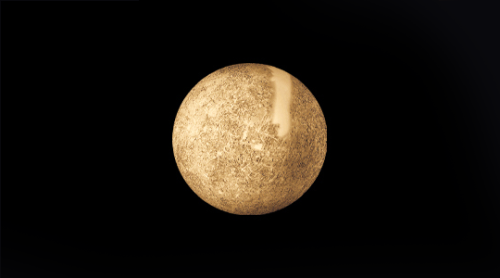
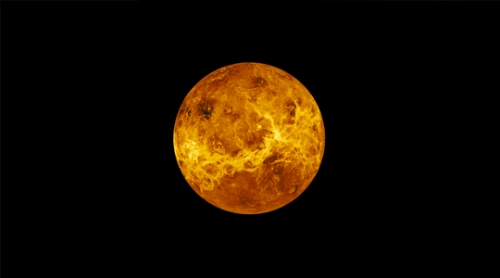
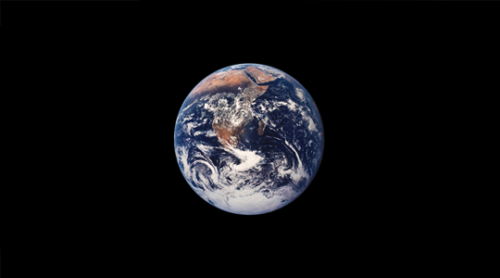
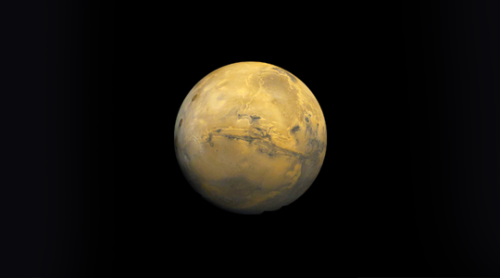
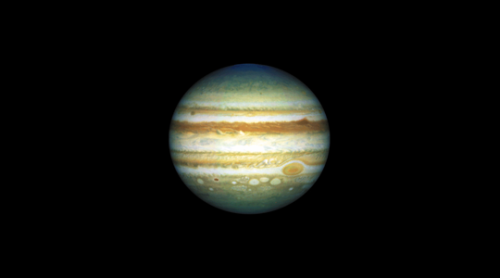


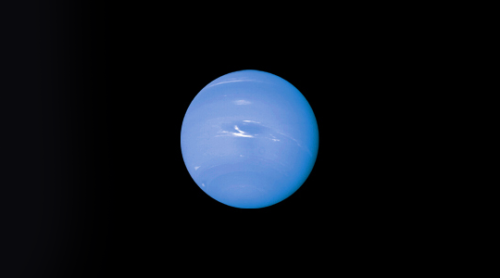
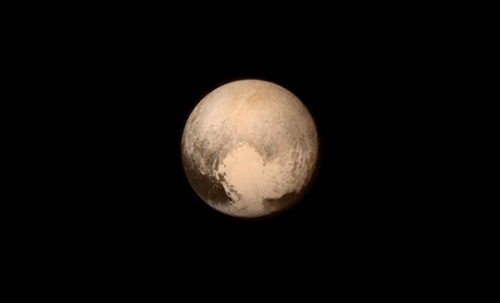
-
 sweetbutterbliss liked this · 10 months ago
sweetbutterbliss liked this · 10 months ago -
 sedinae reblogged this · 6 years ago
sedinae reblogged this · 6 years ago -
 wilord1 liked this · 6 years ago
wilord1 liked this · 6 years ago -
 awesomeman281 liked this · 7 years ago
awesomeman281 liked this · 7 years ago -
 windowsareyes reblogged this · 7 years ago
windowsareyes reblogged this · 7 years ago -
 windowsareyes liked this · 7 years ago
windowsareyes liked this · 7 years ago -
 thekid-1921 liked this · 7 years ago
thekid-1921 liked this · 7 years ago -
 rayoffrcknsunshine liked this · 8 years ago
rayoffrcknsunshine liked this · 8 years ago -
 escchat reblogged this · 9 years ago
escchat reblogged this · 9 years ago -
 escchat liked this · 9 years ago
escchat liked this · 9 years ago -
 spokespider reblogged this · 9 years ago
spokespider reblogged this · 9 years ago -
 spokespider liked this · 9 years ago
spokespider liked this · 9 years ago -
 lovemelikesunday reblogged this · 9 years ago
lovemelikesunday reblogged this · 9 years ago -
 mumtazjan reblogged this · 9 years ago
mumtazjan reblogged this · 9 years ago -
 mumtazjan liked this · 9 years ago
mumtazjan liked this · 9 years ago -
 chrismaylee reblogged this · 9 years ago
chrismaylee reblogged this · 9 years ago -
 chrismaylee liked this · 9 years ago
chrismaylee liked this · 9 years ago -
 mountain-jigs reblogged this · 9 years ago
mountain-jigs reblogged this · 9 years ago -
 hawaiianfeelings liked this · 9 years ago
hawaiianfeelings liked this · 9 years ago -
 charlesdarwininthetardis reblogged this · 9 years ago
charlesdarwininthetardis reblogged this · 9 years ago -
 kmash64 liked this · 9 years ago
kmash64 liked this · 9 years ago -
 sennokonkei liked this · 9 years ago
sennokonkei liked this · 9 years ago -
 rhysiare reblogged this · 9 years ago
rhysiare reblogged this · 9 years ago -
 gambit-goat liked this · 9 years ago
gambit-goat liked this · 9 years ago -
 donnythecynic liked this · 9 years ago
donnythecynic liked this · 9 years ago -
 metalnediam reblogged this · 9 years ago
metalnediam reblogged this · 9 years ago -
 worldsbestdad liked this · 9 years ago
worldsbestdad liked this · 9 years ago -
 katykatamis liked this · 9 years ago
katykatamis liked this · 9 years ago -
 zenjestrr reblogged this · 9 years ago
zenjestrr reblogged this · 9 years ago -
 shadoedseptmbr liked this · 9 years ago
shadoedseptmbr liked this · 9 years ago -
 the-night-wizard reblogged this · 9 years ago
the-night-wizard reblogged this · 9 years ago -
 blackjackkent reblogged this · 9 years ago
blackjackkent reblogged this · 9 years ago -
 dear-fattie reblogged this · 9 years ago
dear-fattie reblogged this · 9 years ago -
 roughknuckles-victoria reblogged this · 9 years ago
roughknuckles-victoria reblogged this · 9 years ago -
 pounsyboi liked this · 9 years ago
pounsyboi liked this · 9 years ago -
 thekoontzy reblogged this · 9 years ago
thekoontzy reblogged this · 9 years ago -
 cazaking95 reblogged this · 9 years ago
cazaking95 reblogged this · 9 years ago -
 cazaking95 liked this · 9 years ago
cazaking95 liked this · 9 years ago -
 tea-amat liked this · 9 years ago
tea-amat liked this · 9 years ago -
 batsbrains reblogged this · 9 years ago
batsbrains reblogged this · 9 years ago -
 trendstrend-blog liked this · 9 years ago
trendstrend-blog liked this · 9 years ago -
 trendstrend-blog reblogged this · 9 years ago
trendstrend-blog reblogged this · 9 years ago
"I don't know who will read this. I guess someone will find it eventually. Maybe in a hundred years or so." -Mark Watney
174 posts